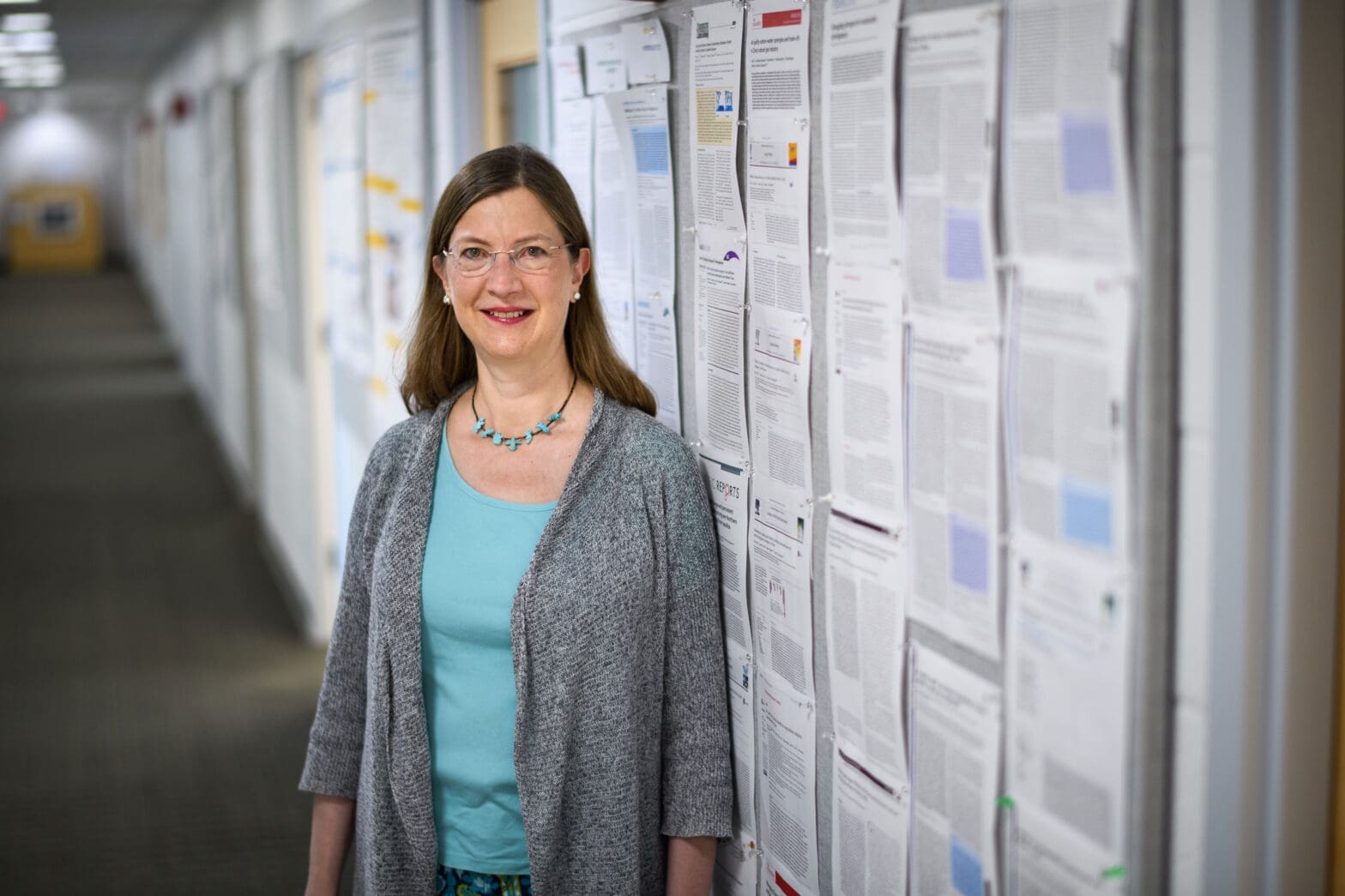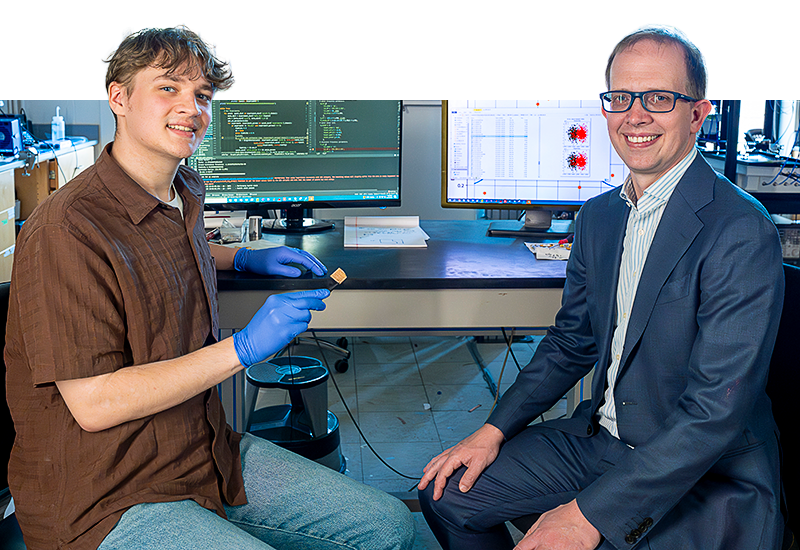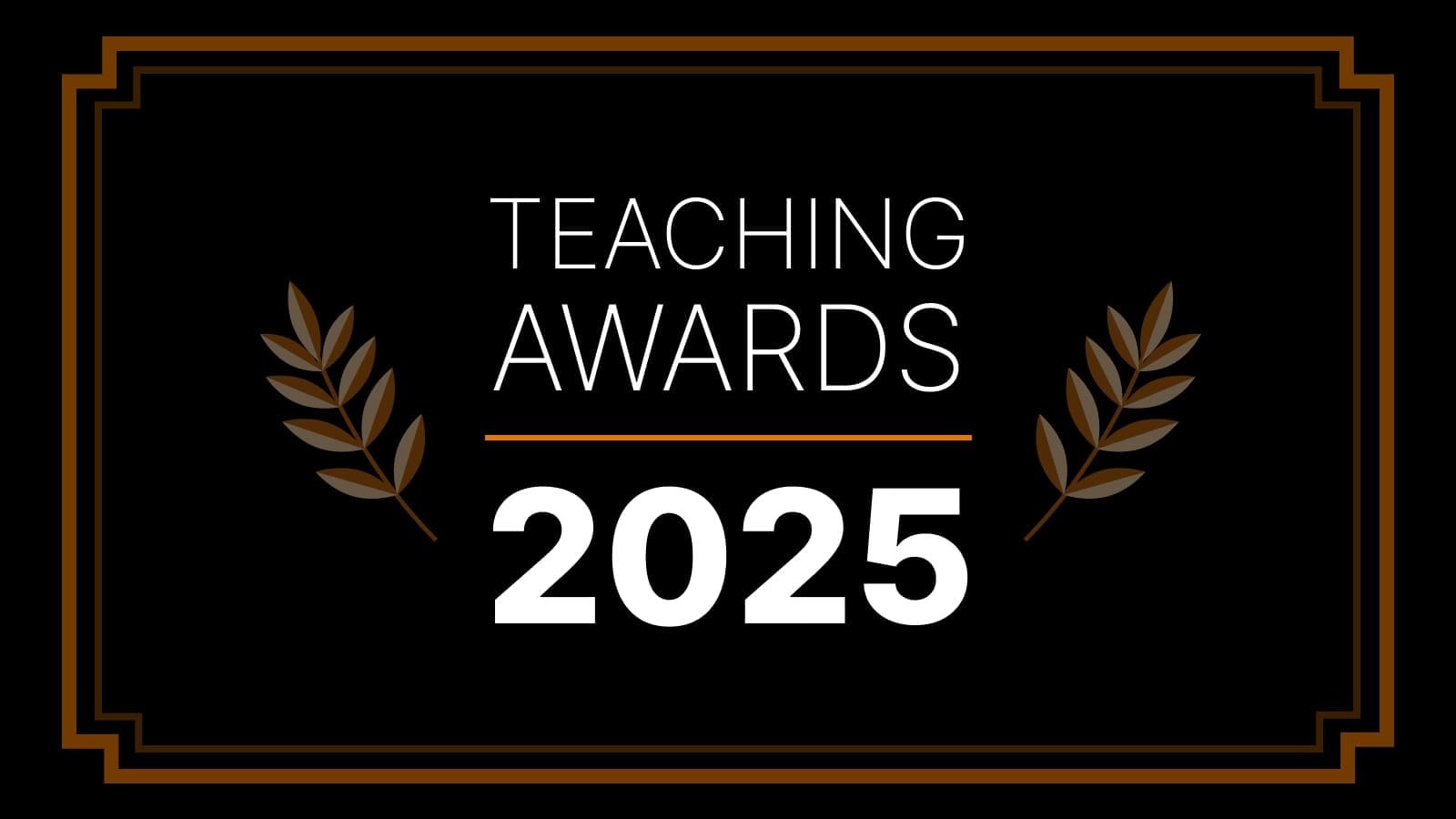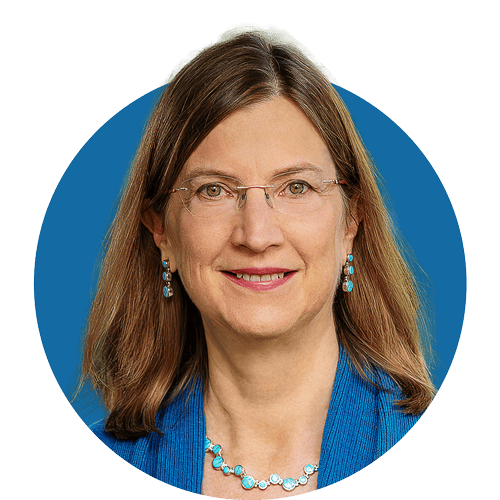Mauzerall, the William S. Tod Professor of Civil and Environmental Engineering and Public and International Affairs, analyzes energy technologies and their impacts on air quality, public health, food security and greenhouse gas mitigation. As part of this work, her research group uses regional and global climate models as well as agricultural and epidemiological data. The group examines the impacts of air pollution globally as well as in China and the United States.
Recent efforts include examining the effect of air pollution on public health, agriculture and the climate, weighing the benefits of different mitigation strategies, and investigating the intercontinental transport of air pollutants.
Mauzerall is jointly appointed to the School of Engineering and Applied Science and the School of International and Public Affairs. She earned her Ph.D. in atmospheric chemistry from Harvard University and joined the Princeton faculty in 1999. She is a contributing author to the Intergovernmental Panel on Climate Change (IPCC), a cofounder of the journal Sustainable Horizons, and a member of the executive committee of the Andlinger Center for Energy and the Environment. She has served on advisory committees for the National Science Foundation, the Environmental Protection Agency and the European Commission.
Founded in 1919 as an affiliate of the National Academy of Sciences, the American Geophysical Union incorporated independently in 1972 as an organization of Earth and space scientists working to discover solutions to societal issues. Fellowships are awarded to members in recognition for exceptional contribution to science. Entering Fellows will be honored at the Union’s annual conference in San Francisco in December.








